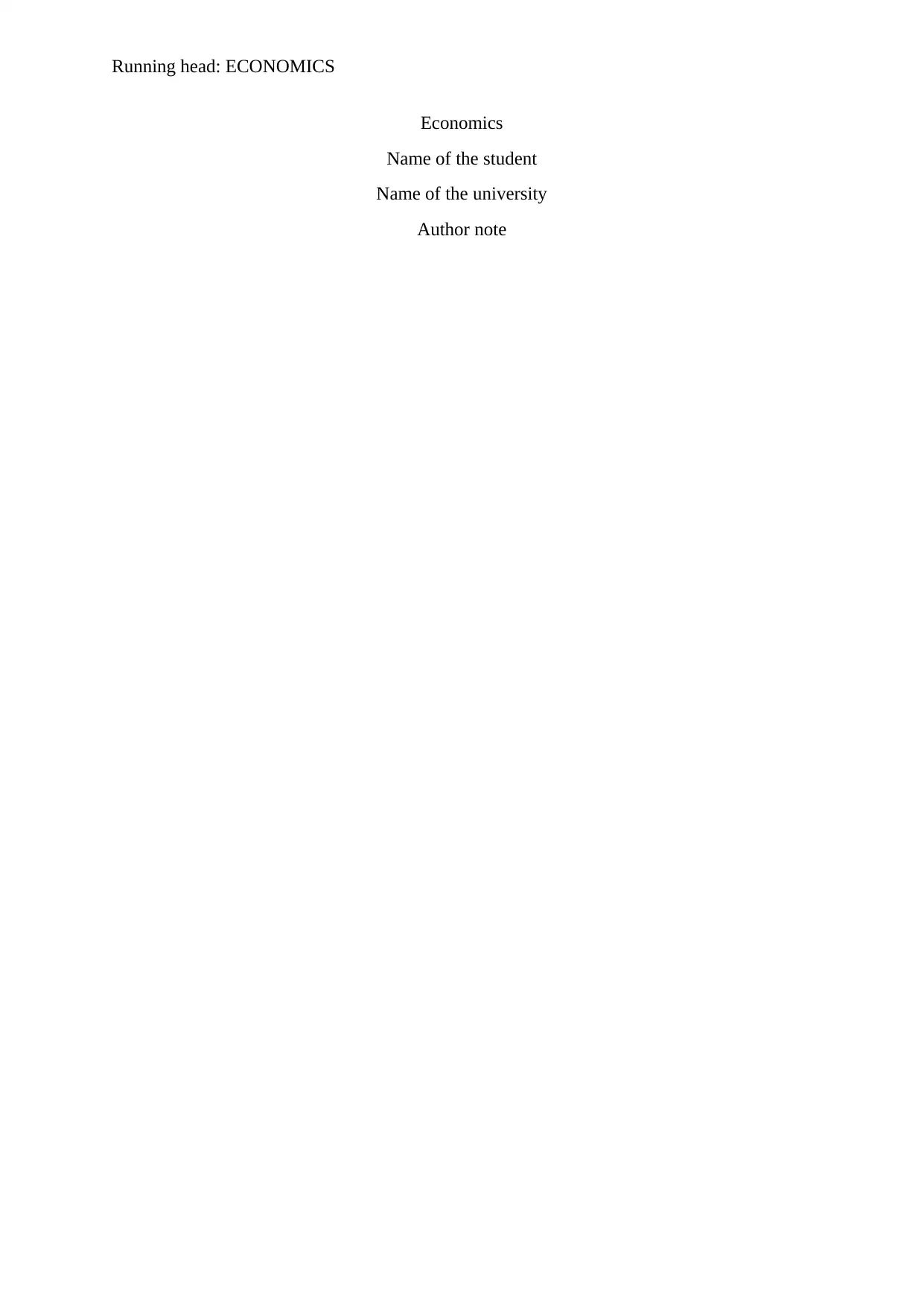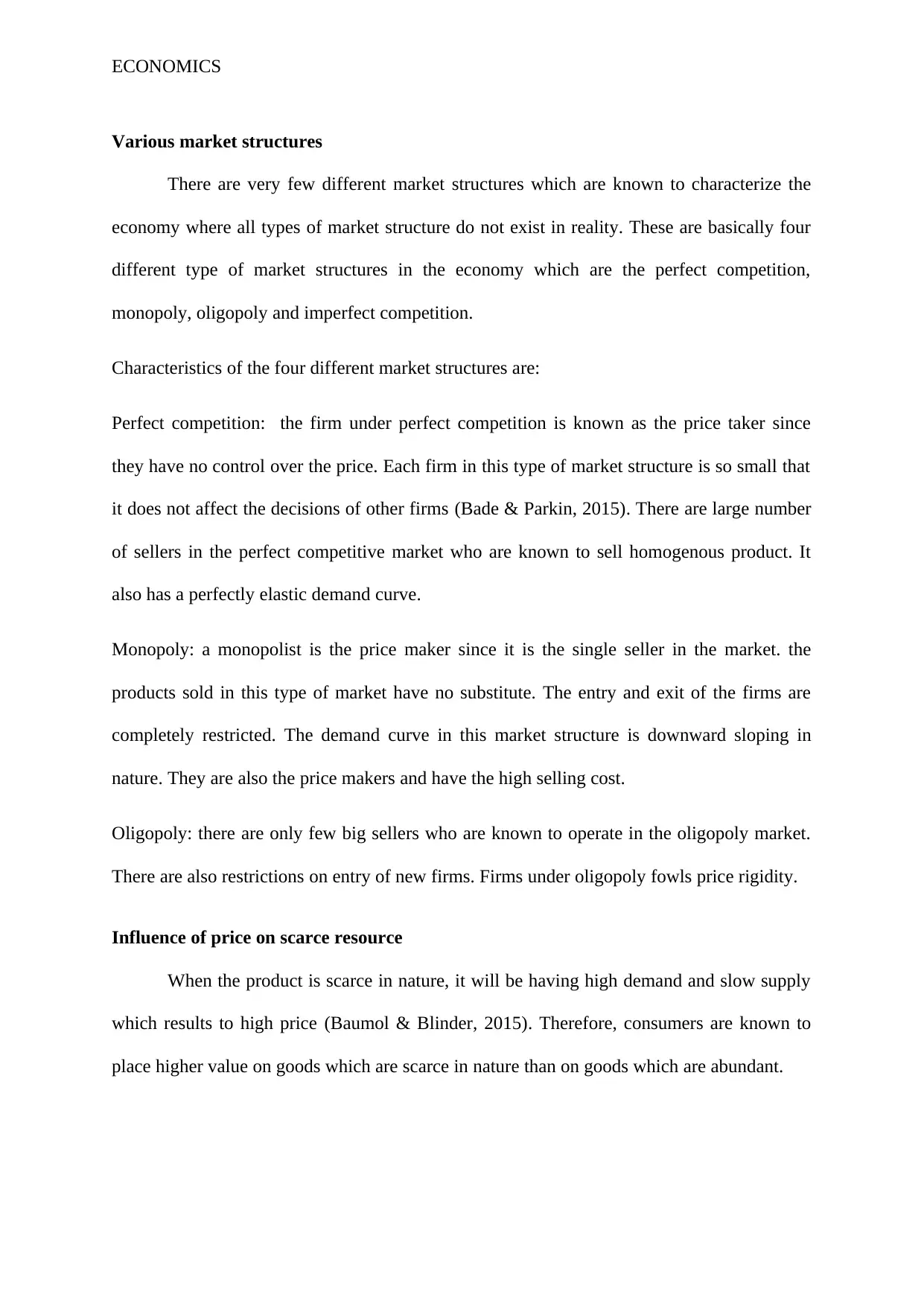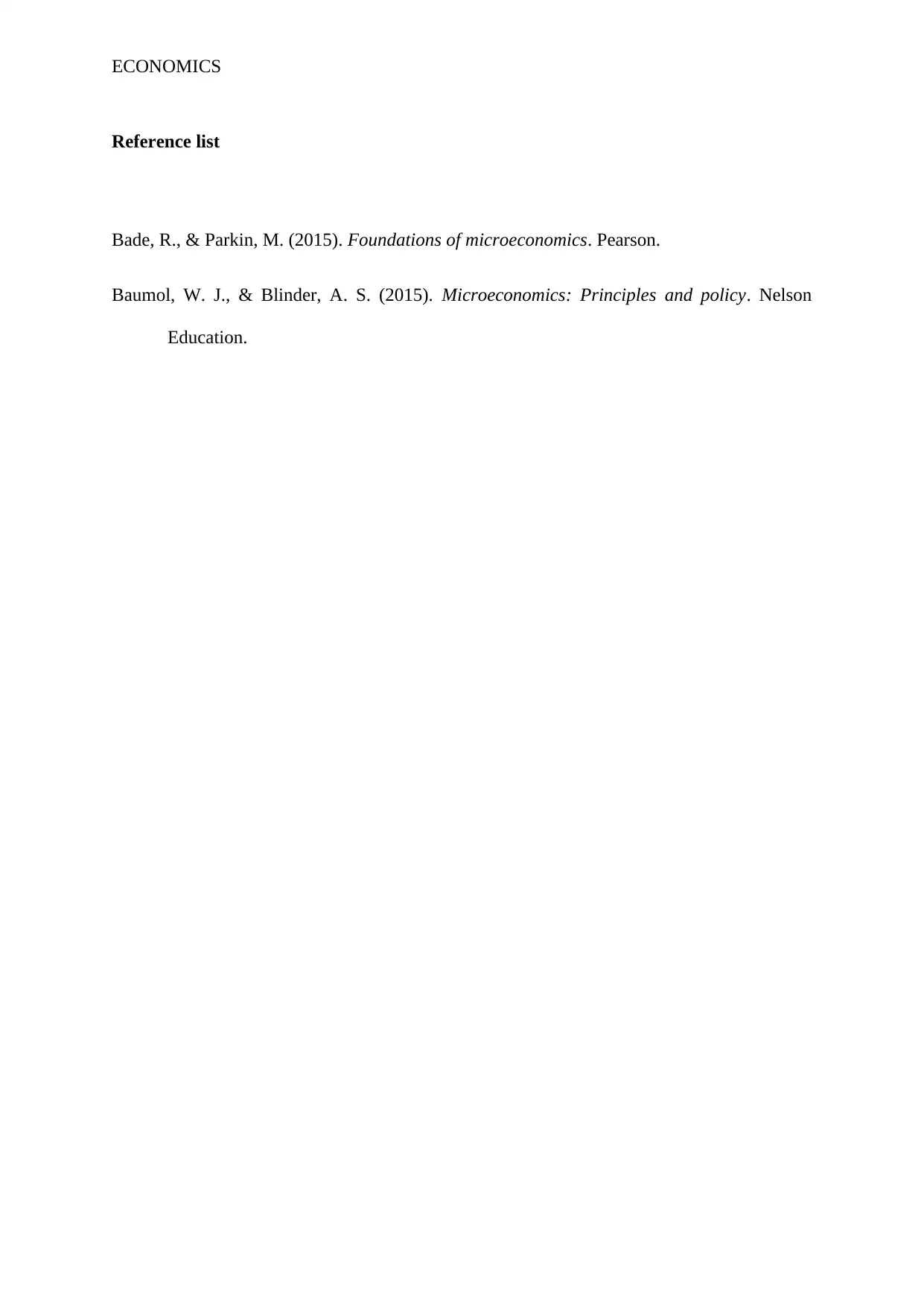Economics: Market Structures, Pricing, and Resource Scarcity Report
VerifiedAdded on 2023/01/13
|3
|364
|59
Report
AI Summary
This report provides an overview of various market structures in economics, including perfect competition, monopoly, and oligopoly, and how they influence price determination. It explains the characteristics of each market structure, such as the number of sellers, product differentiation, and ease of entry and exit. The report also analyzes the influence of price on scarce resources, emphasizing that scarce goods command higher prices due to their limited availability and high demand. The author references key economics texts to support the analysis, providing a comprehensive understanding of the subject. This report is a valuable resource for students studying economics, offering insights into fundamental concepts and real-world applications.
1 out of 3










![[object Object]](/_next/static/media/star-bottom.7253800d.svg)